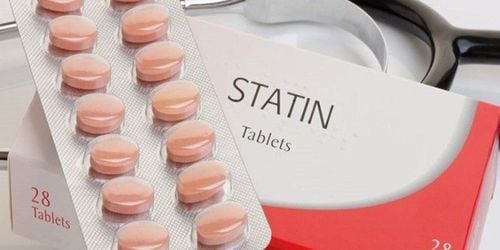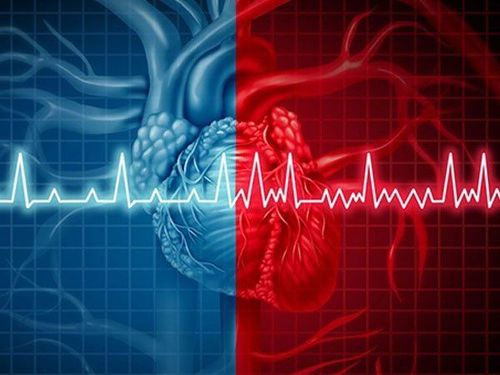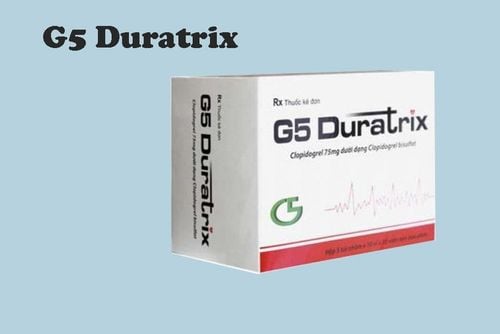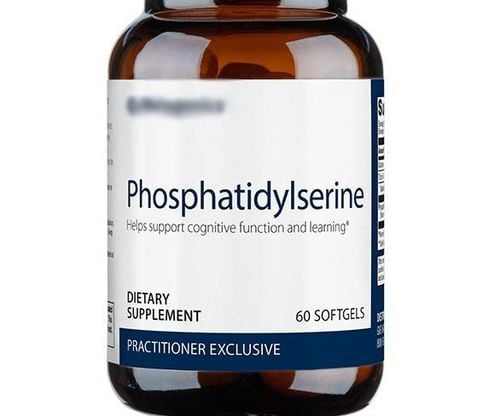This is an automatically translated article.
The article was professionally consulted by Prof. TS.BS Vo Thanh Nhan - Director of Cardiovascular Center, Vinmec Central Park International General Hospital.Atrial fibrillation is the most common arrhythmia today and the incidence increases with age. Approximately 4% of atrial fibrillation cases occur in patients <60 years of age, whereas >8% of patients 80 years of age and older have atrial fibrillation.
1. What is atrial fibrillation?
Pathological atrial fibrillation is the process of forming and propagating electrical impulses to function of the heart abnormally. When the impulse does not originate from the sinus node but instead comes from various locations in the two atrial chambers, there is continuous stimulation of the atrial muscle, and as a result the heart operates in a state of fibrillation rather than fibrillation. without synchronized and rhythmic contractions. This condition is called atrial fibrillation.
In atrial fibrillation, electrical impulses form very quickly (usually > 300 beats/min) and are irregular. The two atrial chambers no longer contract rhythmically but "vibrate" so the blood pump is ineffective. In addition to disrupting muscle contractions in the atria, if these abnormally fast impulses are transmitted down to the ventricles, it can cause a similar phenomenon: ventricular contractility disorders, making the heart not pump blood effectively, which can cause low blood pressure, even life-threatening.
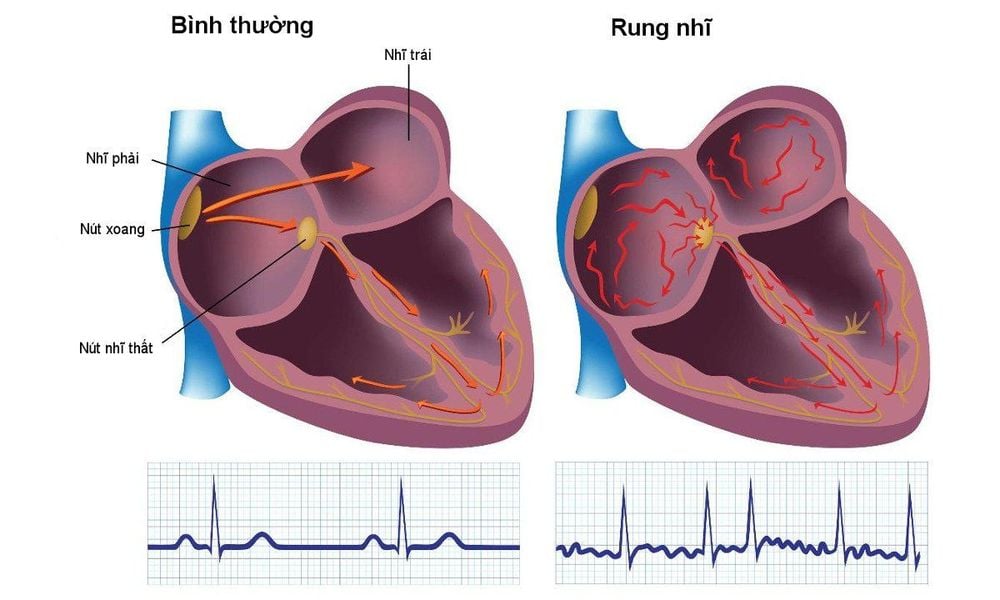
2. Signs of atrial fibrillation
People with atrial fibrillation may have no symptoms, others find it very uncomfortable. Common symptoms are feeling like your heart is beating very fast (palpitations), shortness of breath, feeling short of breath. Dizziness, sweating, and chest pain may also occur, especially when the ventricular rate is very rapid.
When atrial fibrillation is not controlled well, the heart often has to beat very fast, which will cause the heart to dilate and pump blood ineffectively. This is a cause of congestive heart failure. It can cause shortness of breath, a feeling of fatigue, decreased physical activity, and edema.
3. Causes of atrial fibrillation
There are factors that make atrial fibrillation more likely, but in many cases no cause can be found.
Atrial fibrillation is common in people with coronary artery disease, high blood pressure. Atrial fibrillation is also common in patients with valvular heart disease (regurgitation, mitral stenosis), myocarditis, pericarditis, or in patients after cardiac surgery. It can sometimes be seen in people with congenital heart disease or hyperthyroidism.
Atrial fibrillation is sometimes seen in people with acute or chronic lung disease. Older people are more likely to develop atrial fibrillation than younger people. Diabetes, alcohol or drug abuse are also risk factors for developing atrial fibrillation.
4. Treatment goals for atrial fibrillation
Treatment of atrial fibrillation aims at 2 main goals:
Returning to normal sinus rhythm or controlling ventricular rhythm: For cases of acute atrial fibrillation or acute atrial fibrillation, medication can be treated. , electric shock ... to help convert and maintain normal sinus rhythm.
Interventional treatment (exploration, electrophysiological ablation of the heart muscle) is a new method to help convert rhythms, but the success rate is not high, there is a risk of recurrence and requires modern equipment and high technology. .
Prevention of complications caused by atrial fibrillation: Due to ineffective contraction, atrial fibrillation easily causes blood clots to form in the atrial chambers, blood clots can travel with the blood flow throughout the body and cause embolism. especially cerebral vessels causing stroke (atrial fibrillation increases the risk of stroke 5 times).
To prevent blood clots, patients with atrial fibrillation are assessed for risk to prescribe anticoagulation or apply modern interventional techniques.
5. Technique of occlusion of the left atrium with instruments at Vinmec
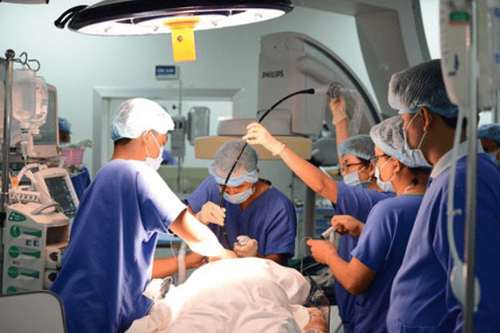
More than 90% of thrombus formation cases originate from the left atrium, then the blood clot enters the great circulation causing dangerous thromboembolic complications.
Indications for atrial appendage occlusion to prevent thrombosis are indicated in patients who are at risk but cannot take long-term anticoagulants or have contraindications to anticoagulation, specifically:
Patients not Tolerance to oral anticoagulants. The patient has a history of bleeding due to previous anticoagulation. The patient was unable to comply with oral anticoagulants. Patients contemplating pregnancy cannot use oral anticoagulants. The patient had a recurrent cerebrovascular accident due to left atrial thrombosis despite being on anticoagulation with adequate doses. Instrumental left atrial appendage occlusion to prevent thromboembolic events in patients with atrial fibrillation is a modern technique that has been and is being performed at Vinmec. Vinmec International General Hospital with a team of experienced doctors and specialists, trained domestically and internationally, combined with modern facilities, is one of the perfect choices for customers.
The hospital is equipped with Hybrid Operating Room and DSA System, 2 modern angiography systems Discovery IGS 730 of GE and Allura Xper FD20 of Philips for a successful rate of left atrial appendage occlusion by instruments over 90%.
In April & May 2021, when there is a need for medical examination and treatment at Vinmec Times City International General Hospital, customers will enjoy dual incentives:
- Free specialist examination and discount 50% of many cardiovascular examination packages such as:
+ Basic Cardiovascular Screening Package
+ Hypertension Checkup Package
+ Heart Failure Checkup Package
+ Comprehensive Cardiovascular Examination Package
- 50% discount for customers There are indications for post-examination treatment. The program is limited to the corresponding technique of each hospital and to customers who perform this treatment technique for the first time at Vinmec.
Please dial HOTLINE for more information or register for an appointment HERE. Download MyVinmec app to make appointments faster and to manage your bookings easily.





